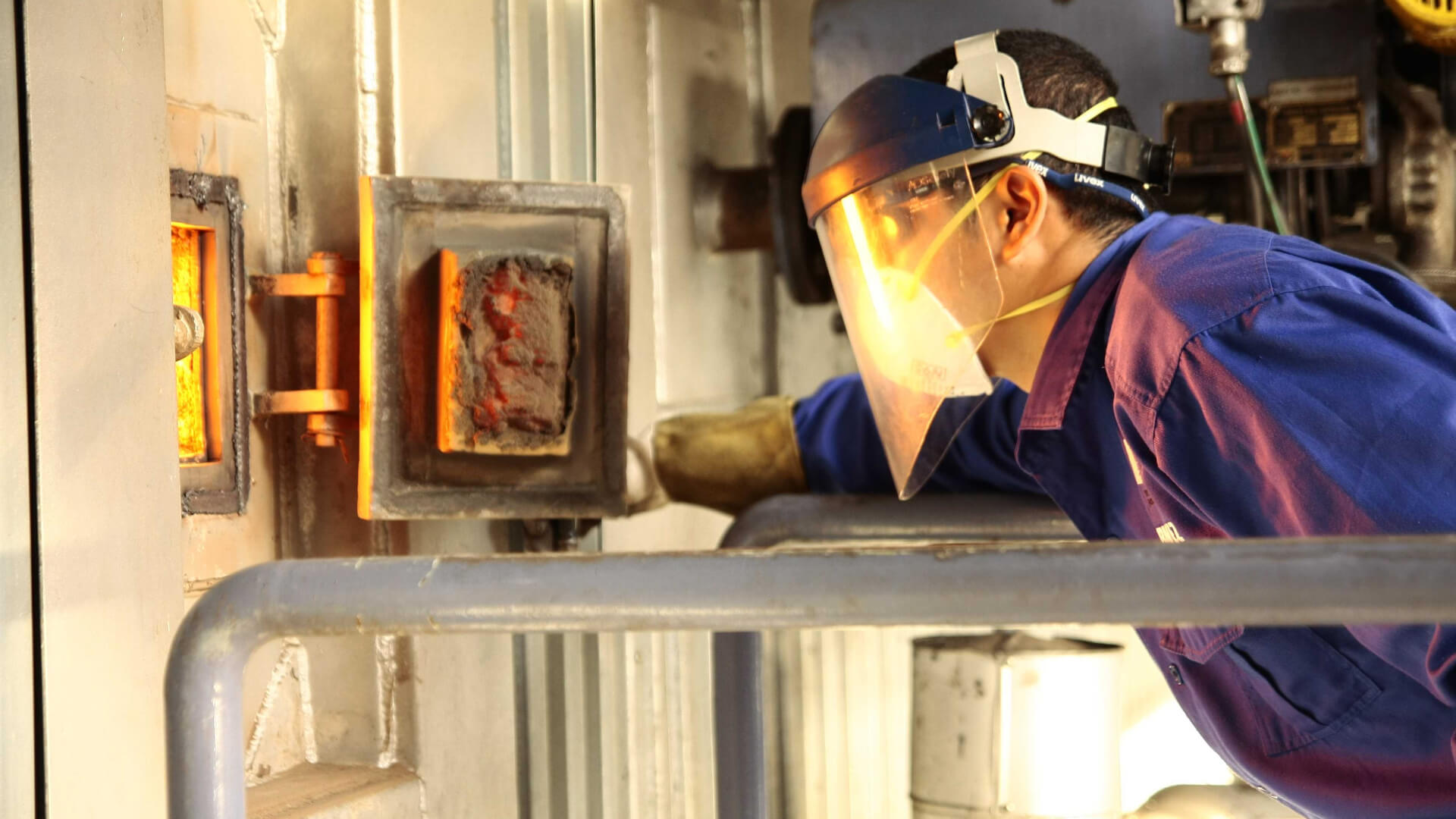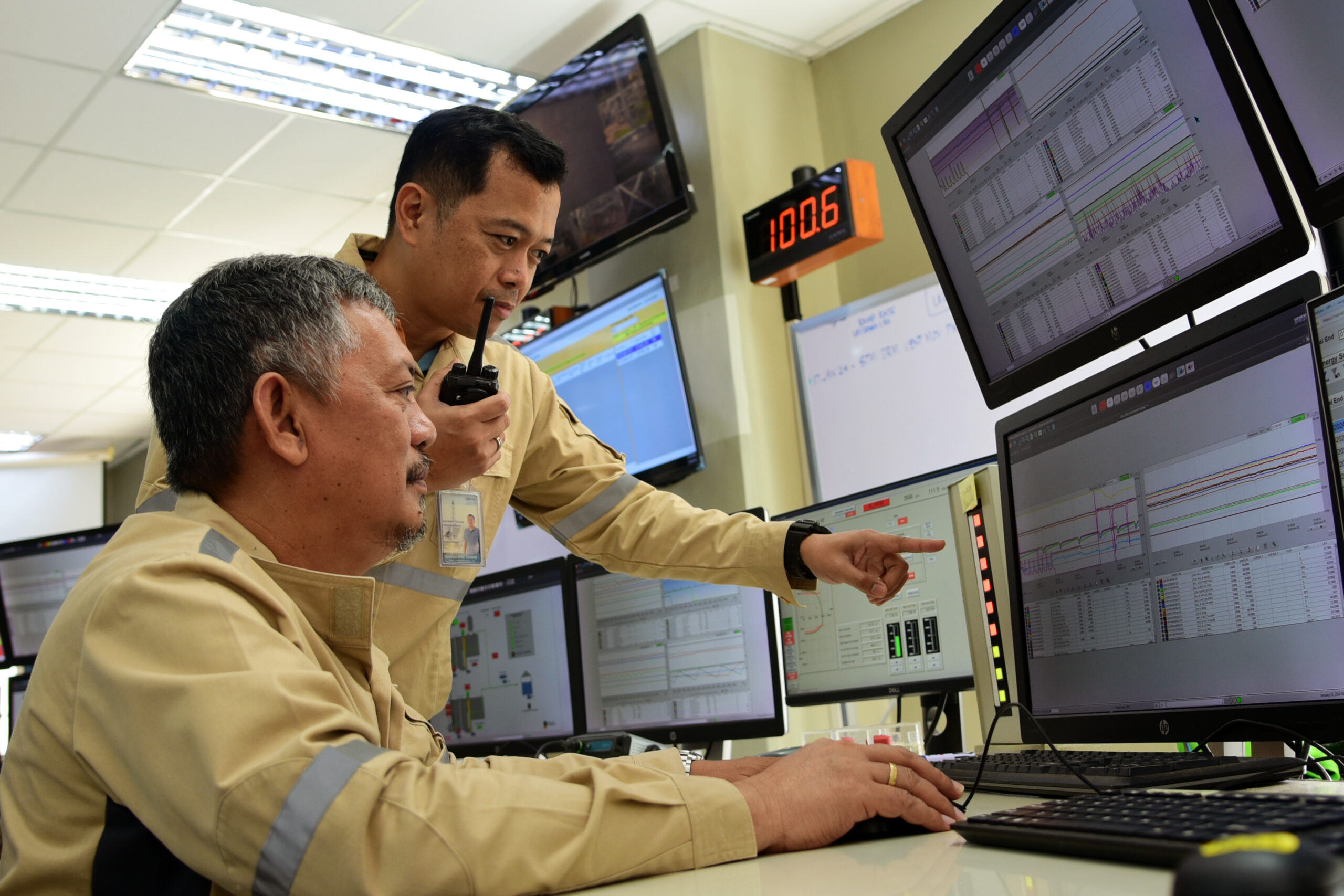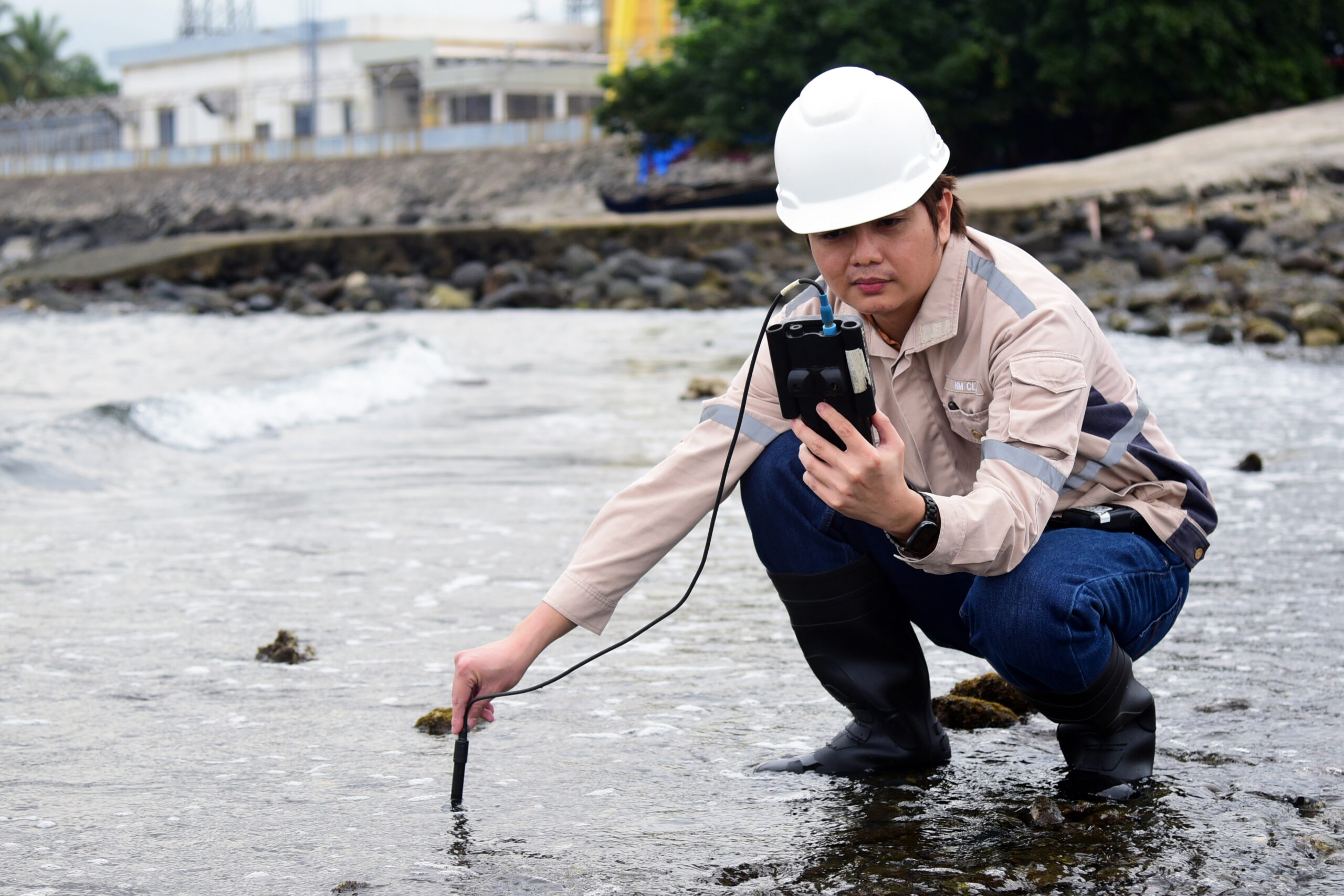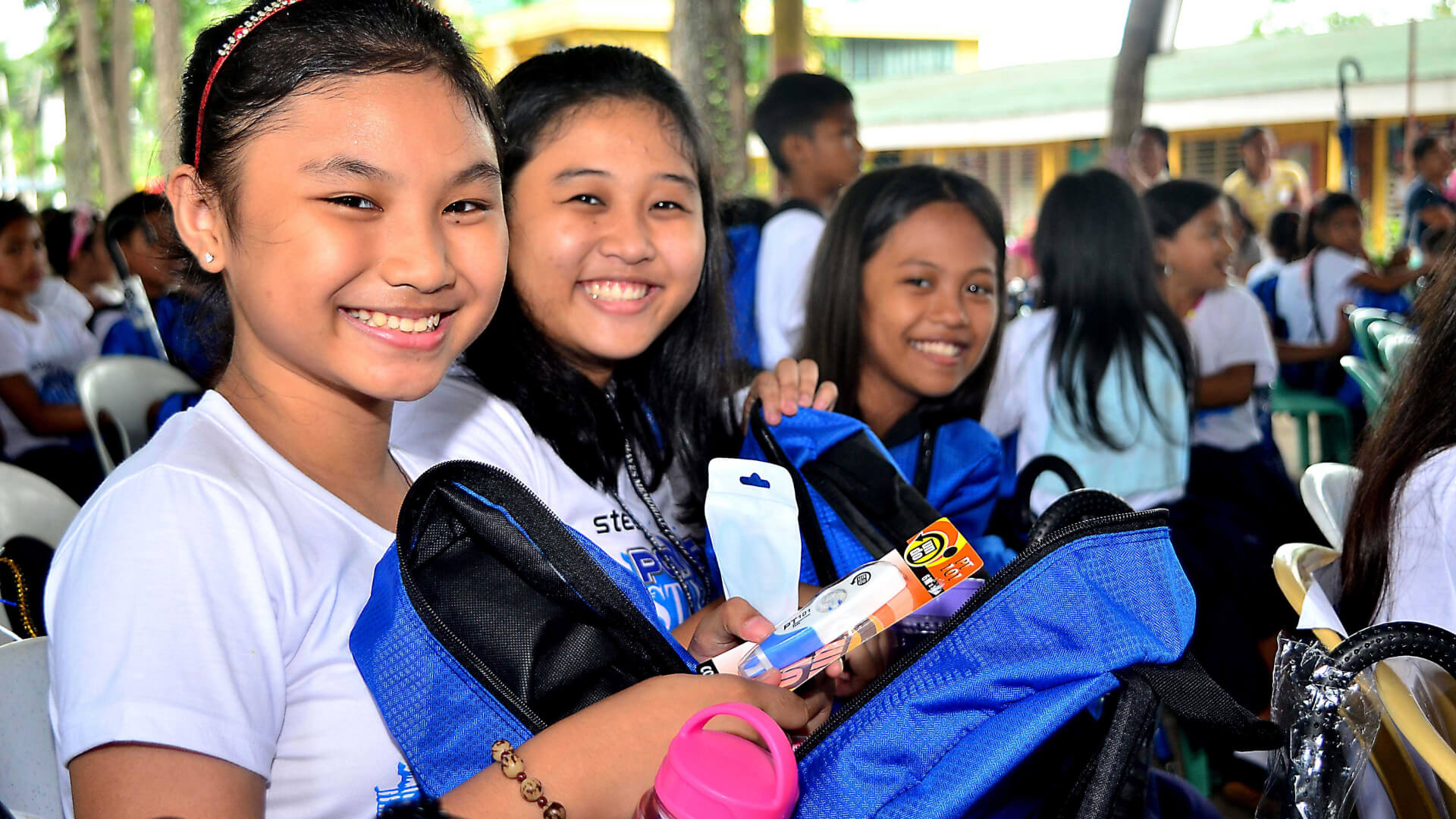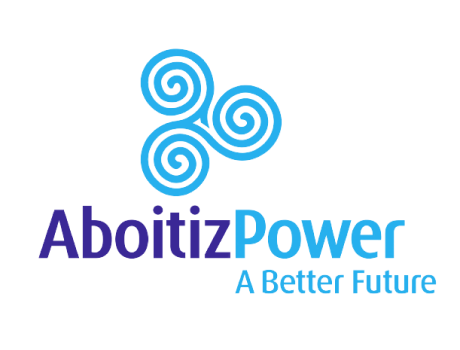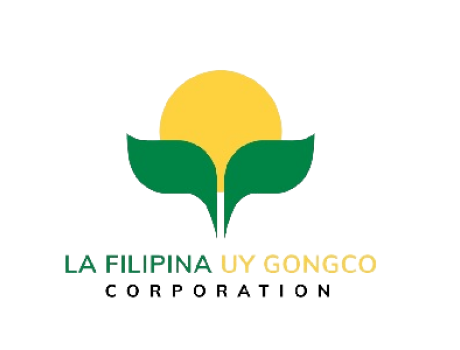About Us
SPI Power Incorporated (SPI) is a special-purpose company established to own, finance, construct, operate, and maintain Mindanao’s first coal-fired power plant. The plant, located on a 55-hectare site within the PHIVIDEC Industrial Estate in Villanueva, Misamis Oriental, has an installed capacity of 232 MW and was developed through a 25-year Build-Operate-Transfer (BOT) agreement with the state-owned National Power Corporation (NPC) and the Power Sector Assets and Liabilities Management Corporation (PSALM).
Previously known as STEAG State Power Inc., the company rebranded as SPI Power Incorporated following a significant ownership restructuring that commenced in 2023 after Aboitiz Power Corporation (AP) acquired the majority stake from the German company STEAG GmbH.
This transaction increased AP’s shareholding from 34% to a controlling 85% stake. La Filipina Uy Gongco Corporation retains the remaining 15%.
Backed by a team of about 200 highly skilled professionals with solid technical know-how, SPI Power remains committed to addressing the Philippines’ growing energy needs.
Over the years, SPI has built a reputation as an efficient, reliable, and responsible power producer in Mindanao. It consistently works to meet the region’s energy requirements.
Our Vision
We are a world-class energy provider and a trustworthy partner to the nation’s quest for progress.
Our Mission
We are committed to:
Help provide solutions to the expanding energy demands of the country;
Conduct our business with honor, integrity, and professionalism in the best interest of all our stakeholders;
Ensure optimum efficiency, reliability, and safety in our operations through state-of-the-art technology and innovative processes in a culture of continuous improvement;
Meet the growth needs and aspirations of our people in a productive and collaborative team environment;
Preserve Mother Earth and help build self-reliant communities to improve the quality of life of the people.
Mindanao’s 1st
Powering Growth and Development
SPI owns and operates Mindanao’s first coal-fired power plant, located at the PHIVIDEC Industrial Estate in Villanueva, Misamis Oriental.
The facility pioneered the use of world-class and proven technologies, enabling the company to maintain highly efficient, reliable, and responsible electric power generation.
The power plant was established under a Build-Operate-Transfer (BOT) partnership with the state-owned National Power Corporation (NPC) for 25 years.
Since its operations began in November 2006, the plant has provided additional baseload capacity, significantly stabilizing Mindanao’s electric supply and supporting the island’s sustained growth and development.
Fast Facts

Coal-Fired Thermal Power Plant
Plant Type

232 MW
Installed Capacity

Baseload
Operation Mode

Sub-Bituminous Coal
Fuel

Park V PHIVIDEC Industrial Estate Villanueva, Misamis Oriental
Plant Location

15 November 2006 – 15 November 2031
BOT Period

National Power Corporation / Power Sector Assets and Liabilities Management Corporation (NPC) PSALM
Power Off-Taker
Frequently Asked Questions
What is coal?
Coal is a combustible, sedimentary, organic rock formed from vegetation, which has been consolidated between other rock strata to form coal seams and altered by the combined effects of microbial action, pressure, and heat over a considerable period.
Why use coal for electricity generation?
Coal is one of the most abundant and affordable natural fossil fuels. It plays a significant part in supplying the world’s power demand, thus, underscoring global economic and social development. It underpins nearly all key industrial economies.
Where does the power plant get its coal?
SPI uses coal that is mined in Indonesia and transported to Mindanao by self-unloading handymax-size vessel. The coal is of high quality and fully meets the efficiency and environmental requirements as designed for the power plant.
Where does the power plant draw water for its operations?
Water used in the power plant is drawn from the nearby Tagoloan River in Misamis Oriental and pumped via an underground pipeline to the water treatment facility inside the power plant.
Is the water level of the Tagoloan River affected by the water consumption of the power plant?
There is no effect on the seasonal river water level because the volume of water extracted is relatively low and represents only a fraction of the volume flow rate of the river. Water consumption is regulated by the National Water Resources Board (NWRB).
How is power generated from coal?
a. Fuel Delivery
Coal is unloaded via a special-purpose jetty and stockpiled in a specially prepared coal storage area at the plant. Coal is pulverized to fines and blown together with pre-heated combustion air to the boiler furnace, where it is combusted under controlled conditions to minimize emissions in the flue gas.
b. Water for Steam Generation
At the water treatment plant, the water is filtered and stored in a water storage tank. The water is further treated so that minerals are removed. The de-mineralized water is then fed as boiler-feed water.
The heat generated through combustion is transferred via the boiler heating surfaces to the feed water for conversion to steam. With continuous heating at high temperatures, the steam is pressurized. The live steam is directed by high-pressure piping to the steam turbine.
c. Electric Power Generation
The high-pressure steam releases its energy through expansion across the blades of the turbine, causing these to rotate a turbine rotor. The rotor is directly coupled to the generator, which, through revolution, generates electricity.
d. Electricity Distribution
Generated electricity from the unit transformers is conveyed through a special purpose inter-connector to the Mindanao grid substation in Tagoloan, Misamis Oriental. From there, the electricity is distributed through a 138kV high voltage grid to the electric power cooperatives and franchise distributors and finally to the power consumers.
What environmental challenges affect the use of coal in electricity generation?
Most human activities and all forms of energy, including renewable energy, have environmental consequences and raise their environmental issues. Coal is not exempt from having issues and how these may affect the environment. The Mindanao Power Plant, however, uses suitable and well-proven technologies that can mitigate coal combustion’s impact on the environment.
What measures has SPI taken to address the concerns regarding pollution?
The power plant is equipped with modern technology designed to minimize, emissions in the process of power generation. To ensure the integrity of the ecological systems within its sphere of operations, SPI has initiated a sound environmental conservation program that is geared towards improving the general welfare of its host communities and fulfilling its obligations to the environment.
How are emissions controlled during the power generation process?
Emissions are controlled in the flue gas by air cleaning devices such as flue-gas desulfurization (to neutralize sulphur) nitrogen dioxide reduction (by using low-NOX burner) and fly-ash removal (using bag filters). Solid by-products such as bottom ash and fly ash/gypsum, once collected, are stored in a specially prepared and water-tight ash disposal area located within the power plant site.
What are the measures taken to prevent dust in the air?
Coal dust suppression from stockpiles is maintained by regular water spraying. Moreover, the active coal stockpiles are covered and all conveyor lines enclosed to prevent coal dust dispersal. The receiving hoppers at the jetty are also equipped with water sprays for dust suppression.
Does run-off water from the plant affect the groundwater or deep wells?
There is no run-off to the groundwater. The ash disposal area is lined with impermeable layers which direct rainwater to drainage channels for filtering and treatment.
How can water contamination be prevented when unloading coal from the vessels?
The coal hoppers at the jetty are equipped with water sprays, which provide a water film during the release of coal from enclosed grabs into the hoppers. Coal dust is caught by the film and washed to the hoppers. The hoppers are equipped with guide vanes to collect any coal falling from the grabs.
What are the benefits that the power plant provides?
SPI goes far beyond providing efficient and reliable electric power to Mindanao.
Apart from sustaining responsible business operations and adhering to the ethical standards of safety, environment, transparency, and accountability, SPI is actively engaged in numerous social development programs aimed at helping address a wide array of community concerns.
For a decade now, SPI invested material time, resources and expertise in helping secure a much brighter and prosperous communities where it is part of.
SPI collaborates with many different stakeholders on an ongoing basis to promote a multi-stakeholder approach to poverty alleviation and environmental conservation.
SPI’s commitment to help bring about development in its host communities is manifested through its various Corporate Social Responsibility (CSR) programs.
What other actions has SPI implemented to protect the environment?
SPI has taken steps in developing and implementing a comprehensive environmental conservation program within its 25-year plant operation period.
a. Forest Development Program
SPI, together with E. Pelaez Ranch, Inc.(EPRI) and the Department of Environment and Natural Resources (DENR), is undertaking a 1,200-hectare Mapawa Reforestation Project in Cugman, Cagayan de Oro City. The goal is to establish a 500-hectare plantation forest, maintain and protect another 500-hectare tree plantation, and conduct Timber Stand Improvement (TSI) on an existing 200-hectare natural forest. The project is considered one of the pioneering private-led carbon sink initiatives in Mindanao.
b. Urban Forestry Program
In its host communities in Tagoloan and Villanueva, about 1,000-hectare urban forestry projects are also being implemented. A plant nursery has been established to produce the seedlings required to reforest the area within the 25-year plant operation period.
c. Coastal Marine Resource Development Program
A comprehensive program to develop and protect the marine resources in Macajalar Bay is underway. The program component includes mangrove development and rehabilitation, coastal resource protection advocacies, and ecological solid waste management.
d. Multi-Partite Monitoring Team (MMT)
A Multi-Partite Monitoring Team (MMT) was organized to oversee project compliance with the Environmental Compliance Certificate (ECC), the Environmental Management Plan (EMP), and all applicable environmental rules and regulations.
The MMT is composed of representatives from SPI, the Environmental Management Bureau (EMB) of DENR, representatives from the concerned provincial, municipal,l and barangay governments, accredited Non-Government organizations (NGOs), Peoples Organizations (POs), the National Power Corporation (NPC) and the PHIVIDEC Industrial Authority.
e. Environmental Transparency
The power plant is equipped with a Continuous Emission Monitoring System (CEMS) that is hooked directly online with the Environmental Management Bureau (EMB). The CEMS provides computer-generated data indicating the power plant’s conformity with local and international air quality standards.
Furthermore, ambient monitoring of the quality of air, noise levels, groundwater, and seawater within the vicinity of the power plant is periodically conducted.
f. Information, Education, and Communication (IEC) Program
SPI is implementing a comprehensive Information, Education, and Communication (IEC) Program to inform communities about the power plant, its safety features, environmental protection, and community development programs. The IEC program aims to develop a sense of community stakeholdership and ensure broader community participation in efforts to attain sustainable development.

